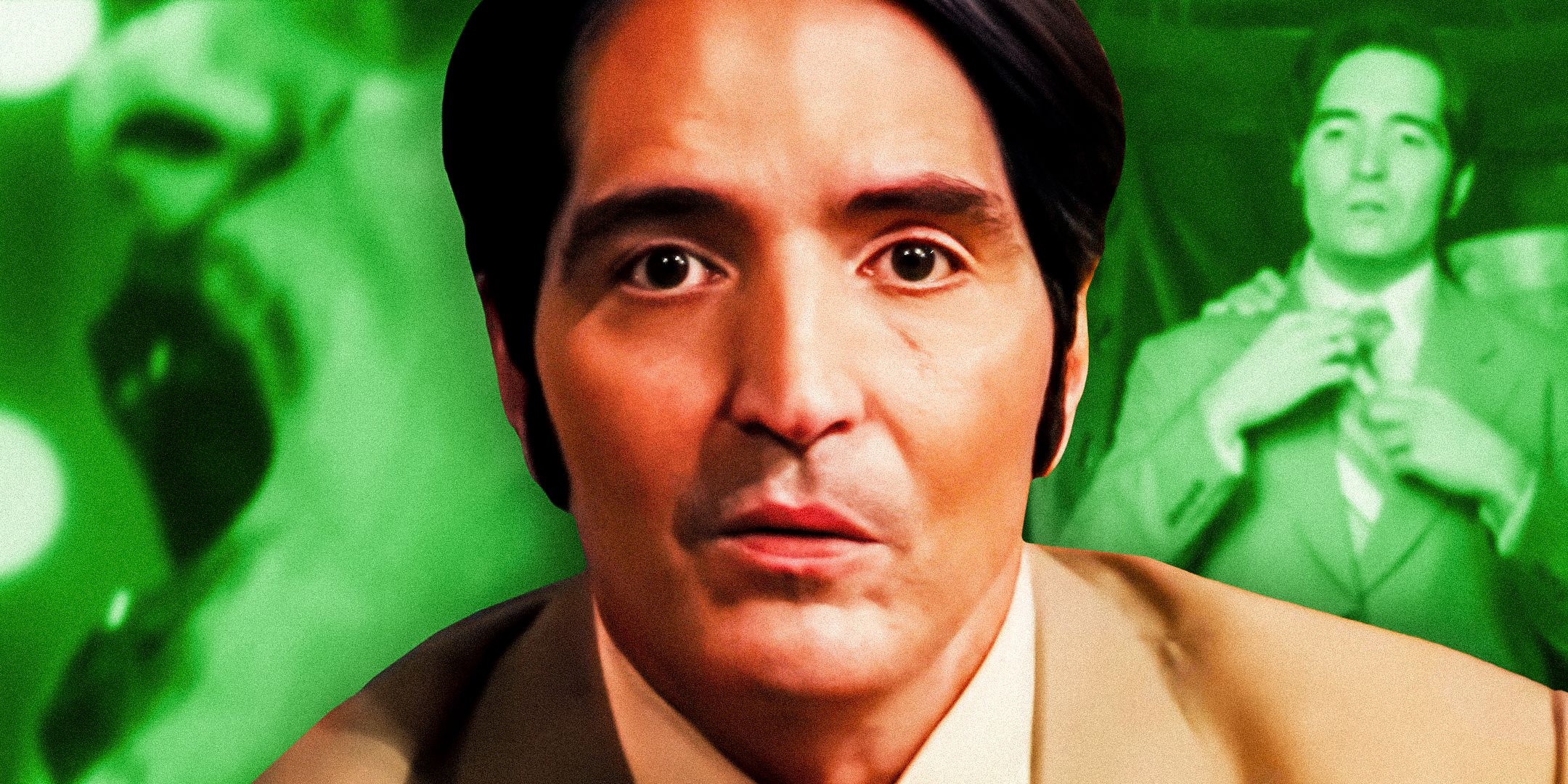
While Late Night With the Devil‘s use of AI has garnered some backlash, the film has almost unanimously been praised by viewers and critics for its refreshing use of a fictional television show to portray a classic possession story. Interestingly, the film’s visuals also go back and forth between having black-and-white and colored scenes, making it hard not to wonder if these color transitions mean something. Upon thorough examination, it becomes evident that the color changes in Late Night With the Devil foreshadow one of its biggest ending twists.
Late Night With The Devil’s Shifting Color Palette Explained
The Black-&-White To Color Shifts Are Deeper Than They Seem

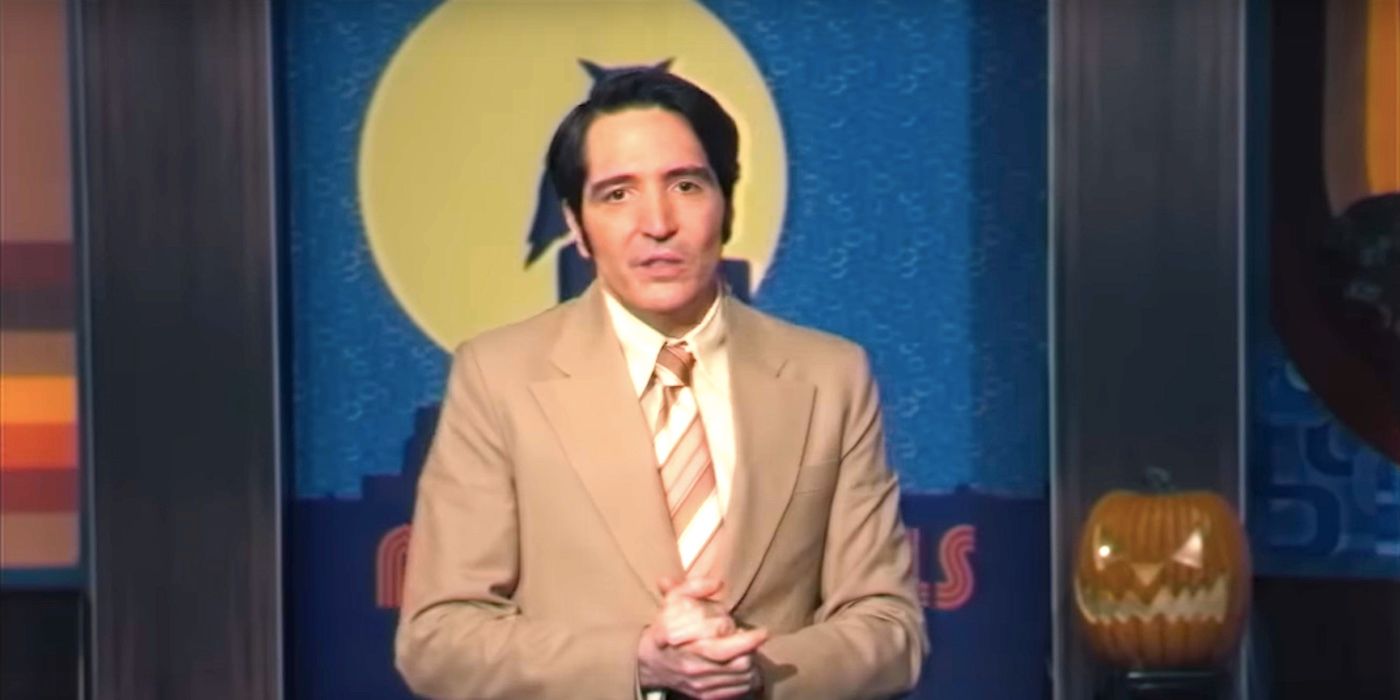


Late Night With The Devil keeps shifting its color scheme between black-and-white and color to highlight some crucial changes in its narrative. At first glance, one would notice that Late Night With the Devil primarily goes black-and-white when it portrays the breaks/intervals in the central late-night show. Similarly, it restores color when the late-night show is “on air.” However, a closer look at its changing color palette suggests there is more to it than meets the eye. Since Late Night With the Devil plays with a viewer’s perception and presents an unreliable narrator, it can be hard to differentiate between facts and fantasy in its story.
However, the changing color scheme clearly seems to establish a distinction between the two. For instance, just like the “real” behind-the-scenes chaos of the central show is portrayed in black-and-white and the “superficial” on-air drama is shown in color, the so-called facts about Jack’s success in the film’s opening scene are presented in color but his actual dark experiences with “The Grove” are shown in black-and-white. By drawing a clear line between what is real and what is not using its color palette, Late Night With the Devil even secretly spoils its ending twist in its early moments.
Late Night With The Devil’s Early Black-&-White Scenes Foreshadow Its Twist Ending
The Early Black-&-White Scenes Reveal The Truth Behind Madeleine’s Cancer
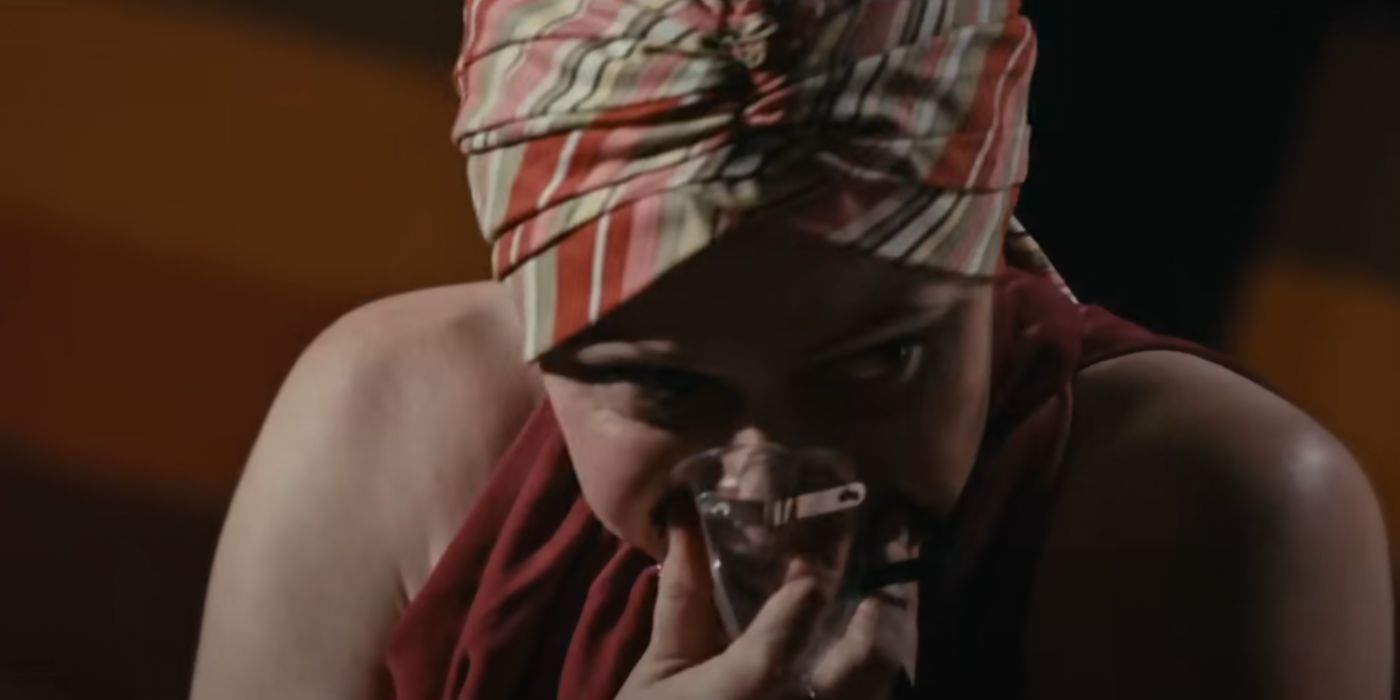
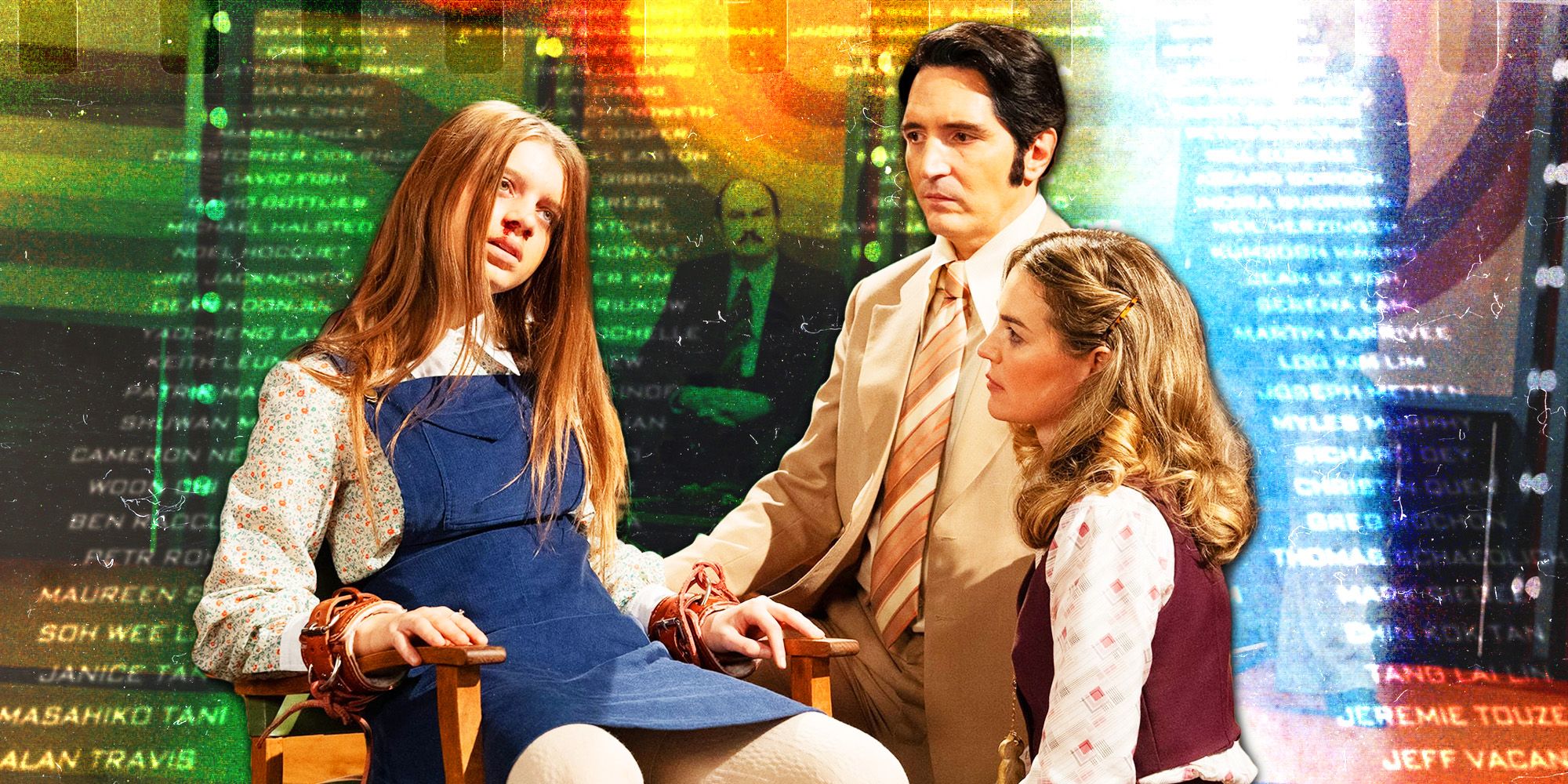
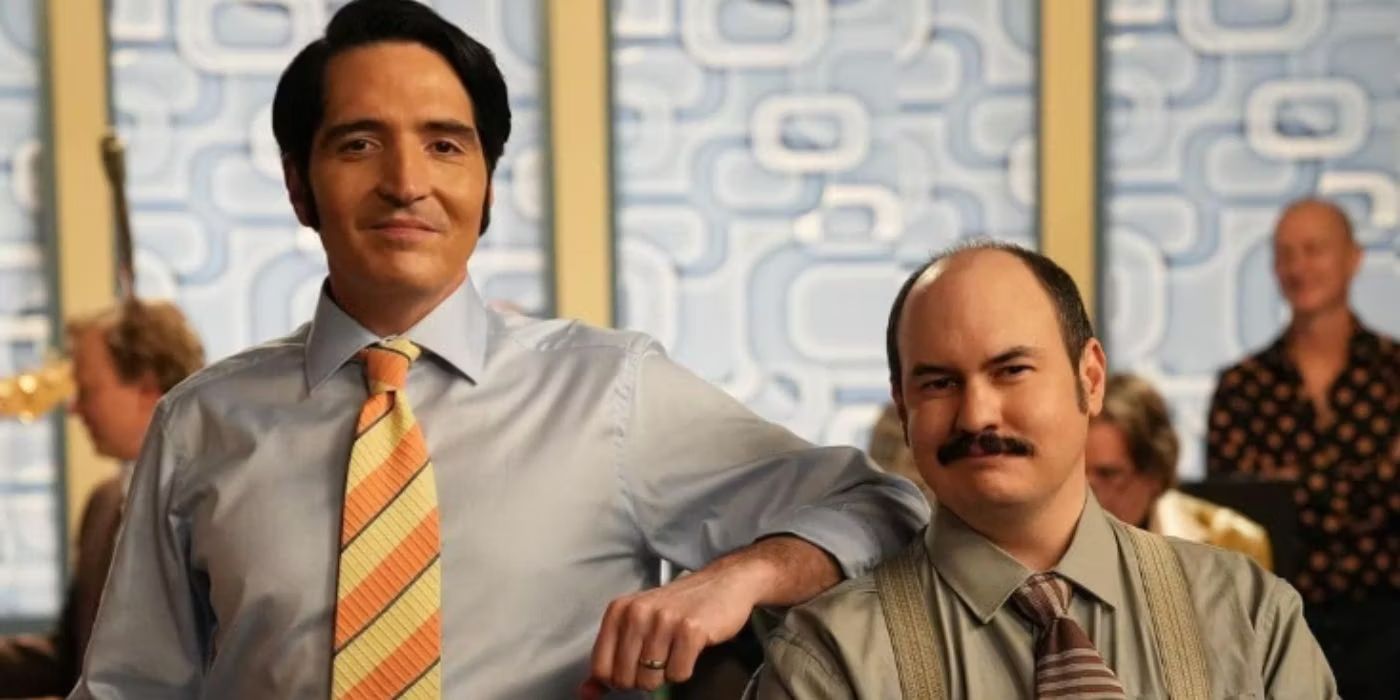

The narrator in the movie’s opening scene says that Jack’s associations with “The Grove” are only rumored to be true. However, since the early scenes from Late Night With the Devil, which give a glimpse of what happened at “The Grove,” unfold in black-and-white, it becomes evident that Jack was, indeed, an active part of the men’s-only club. The scenes where the narrator describes Jack’s love for his wife and calls her his “muse” do not have a black-and-white color scene, establishing that Jack’s feelings for his wife may not be as pure as the world believes.
Even though Late Night With the Devil’s final scene represents “reality,” the non-black and white color scheme highlights Jack’s denial to accept the truth as he mumbles, ” Dreamer, here, Awake. ”
Late Night With the Devil‘s final sequence eventually confirms that Jack never truly loved his wife and sacrificed her in a ritual at “The Grove” to attain material success. Interestingly, even the film’s closing scene, where Jack realizes he killed Lily, is shown in color. Even though Late Night With the Devil’s final scene represents “reality,” the non-black and white color scheme highlights Jack’s denial to accept the truth as he mumbles, “Dreamer, here, Awake.”


